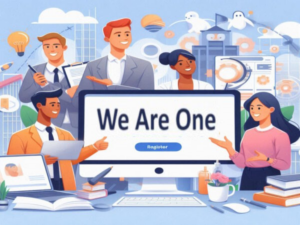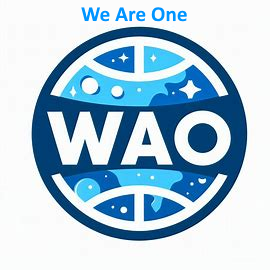Disinformation campaigns
In the era of digital networking and global information flows, disinformation has developed into a threatening phenomenon. Used in a targeted manner, it aims to destabilize entire societies and undermine trust in democratic institutions.
It is to be expected that disinformation campaigns will be fueled by the increased use of artificial intelligence in the future.
Massive networks of fake user accounts as an instrument of destabilization:
Disinformation refers to deliberate misinformation aimed at influencing public opinion, fomenting division and undermining trust in traditional sources of information. In many cases, disinformation is used as a strategic tool to destabilize political systems and polarize society.
Often fake accounts post supposed links to well-known news media alongside their false messages. The fake news sites are then diligently disseminated as they are often sensational news.
The short message service X, formerly Twitter, has systematically dismantled protective mechanisms against hateful and misleading content under Elon Musk. The increase in such content can therefore only be seen as an expected, logical consequence.
Examples of disinformation:
Interference in elections: Russia was accused of running disinformation campaigns during the 2016 US presidential election. By spreading fake news and manipulating social media content, they attempted to undermine public confidence in the democratic process.
War in Ukraine:
Since the war in Ukraine began, systematic and targeted Russian campaigns have been sending a constant stream of disinformation. These campaigns are aimed at influencing the public mood in the societies of Western countries and inciting the population against their respective governments. And, above all, they try to weaken the support of the population for Ukraine.
Up to 200,000 false reports per day in German only >>
Pandemic disinformation:
During the COVID-19 pandemic, targeted misinformation was spread about the origin, distribution and effectiveness of vaccines. This not only led to confusion, but also to a negative impact on public health.
Hybrid wars:
In conflict regions, disinformation campaigns are used as an instrument of hybrid wars to manipulate perceptions of conflict, foment unrest and exacerbate ethnic tensions.
Impact on societies:
The effects of disinformation on societies are complex. They range from a loss of trust in the media and political institutions to real social unrest and political instability. The targeted dissemination of false information can cause deep rifts in society that are difficult to overcome.
Measures against disinformation:
Given the global threat of disinformation, preventative measures and education are crucial. Effective media literacy, increased cooperation between governments and technology companies, and the promotion of independent journalism can help to curb the effects of disinformation.
Conclusion:
Disinformation is undoubtedly a global threat factor that affects not only the political landscape but also the social fabric of societies. By analyzing examples and educating ourselves about the impact of this manipulation, we can be better equipped to collectively counter this phenomenon and protect the integrity of our information sources.
CORRECTIV veröffentlicht erstes Faktencheckbuch >>






